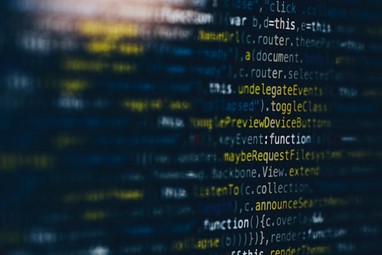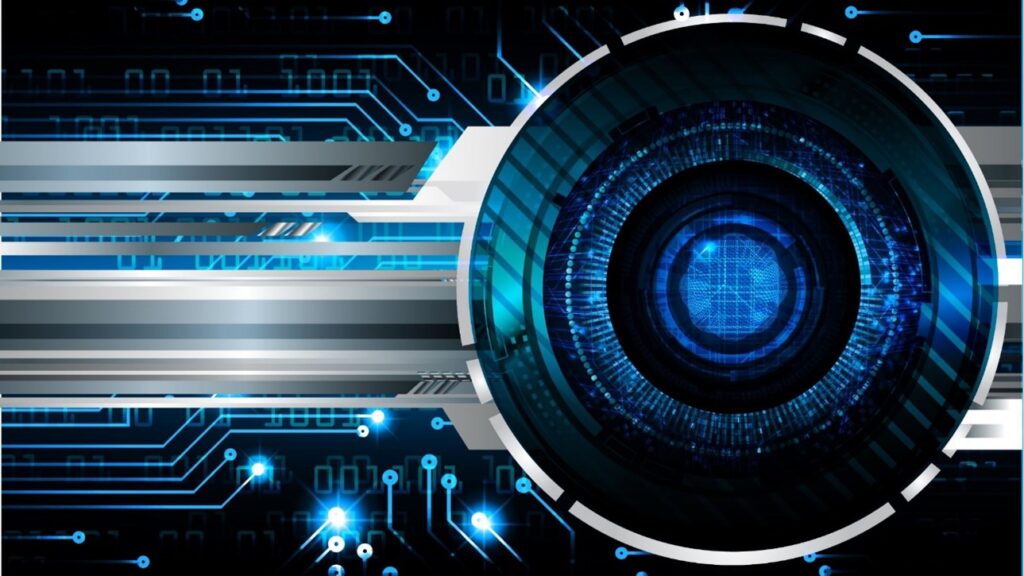
With hackers becoming increasingly more sophisticated and determined, businesses that rely on software-as-a-service (SaaS) technologies must take extra steps to protect their customers and data. Though SaaS is often considered more secure than other types of software due to its cloud-based nature, there are still plenty of risks involved with the technology.
Fortunately, by taking proactive steps to secure their SaaS environments and data, businesses can thrive in the modern digital landscape. Kenny Natiss explains below a few of the ways that cybersecurity can help SaaS companies stay ahead of cyber threats and protect their customers’ data:
Strong Authentication and Access Controls
One of the most important aspects of cybersecurity for SaaS companies is ensuring that only authorized users have access to sensitive data and systems. Whether this means requiring two-factor authentication for all user logins, implementing robust password policies and controls, or using other tools like biometrics and behavioral analytics, businesses can help safeguard their customers’ data by instituting strong authentication and access controls.
Encryption of Data at Rest and in Transit
Another key element of cybersecurity for SaaS companies is the encryption of data both at rest – i.e., when it’s stored on a device or server – and in transit, i.e., when it’s being sent between devices and servers. With encryption, even if a hacker manages to gain unauthorized access to sensitive data or systems, they won’t be able to use or read the information.
Monitoring and Patching of Vulnerabilities
In addition to securing user credentials and encrypting data, SaaS companies should implement robust monitoring and patching solutions to keep their systems and data safe from vulnerabilities. By identifying and addressing issues as soon as they arise, businesses can prevent hackers from exploiting software bugs or other weaknesses.
Regular Risk Assessments
To stay ahead of cyber threats, SaaS companies must also perform regular risk assessments to identify potential vulnerabilities and assess their overall security posture. This allows businesses to proactively address any issues that arise and ensure that they are always one step ahead of hackers and cyber threats. Companies may wish to work with a third-party security expert to help conduct these assessments for added peace of mind.

User Education and Awareness Training
In addition to implementing the above cybersecurity best practices, businesses should also focus on educating their employees about cybersecurity risks and best practices. Whether this means providing regular training sessions or developing employee awareness materials, well-informed users can help improve data security for SaaS companies by being vigilant about suspicious activity and taking steps to prevent and report malicious or unauthorized activity.
Final Thoughts
Overall, by implementing these key cybersecurity practices and strategies, SaaS companies can stay ahead of cyber threats and protect their customers’ data from hackers and other malicious actors. With the stakes higher than ever before in today’s digital world, it is essential for businesses to take a proactive approach to secure their environments and data as much as possible.













